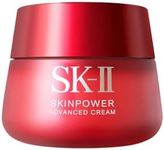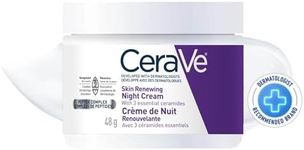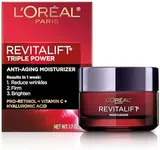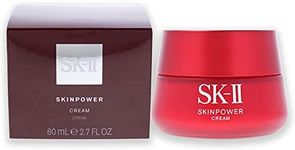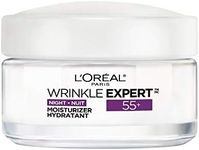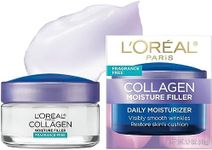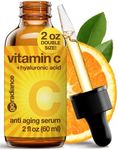Buying Guide for the Best Anti Aging Creams
Choosing the right anti-aging cream can feel overwhelming with so many options available, but understanding what to look for can make the process much easier. The best approach is to focus on your skin’s unique needs and the results you hope to achieve, such as reducing wrinkles, improving firmness, or evening out skin tone. It’s important to pay attention to the ingredients, texture, and how the product fits into your daily routine. Remember, consistency is key with skincare, so pick something you’ll be comfortable using regularly.Active IngredientsActive ingredients are the components in anti-aging creams that actually work to improve your skin, such as retinol, peptides, hyaluronic acid, and antioxidants like vitamin C. This spec is important because different ingredients target different signs of aging. For example, retinol helps with wrinkles, hyaluronic acid boosts hydration, and vitamin C brightens skin. When navigating this, look for creams that highlight the ingredient most relevant to your concern. If you want to reduce fine lines, retinol or peptides are good choices; for dryness, hyaluronic acid is ideal; for dullness, vitamin C is helpful. Your main skin concern should guide which active ingredient you prioritize.
Skin Type CompatibilitySkin type compatibility refers to whether a cream is suitable for dry, oily, combination, or sensitive skin. This is important because using a product not suited to your skin type can cause irritation or breakouts. Creams for dry skin are usually richer and more moisturizing, while those for oily skin are lighter and non-comedogenic (won’t clog pores). If you have sensitive skin, look for fragrance-free and hypoallergenic options. To pick the right one, identify your skin type and choose a cream formulated for it to ensure comfort and effectiveness.
Texture and AbsorptionTexture and absorption describe how the cream feels and how quickly it sinks into your skin. This matters because a cream that feels too heavy or greasy may discourage regular use, while one that absorbs quickly is more comfortable, especially under makeup. Creams range from thick and rich to light and gel-like. If you have dry skin or use the cream at night, a thicker texture may be best. For daytime use or oily skin, a lighter, fast-absorbing cream is preferable. Think about when and how you’ll use the product to decide which texture suits you.
SPF ProtectionSPF protection means the cream includes sun protection factor, which helps shield your skin from UV damage—a major cause of aging. This is important because daily sun exposure can undo the benefits of anti-aging ingredients. Some creams include SPF, making them convenient for daytime use, while others do not. If you want an all-in-one product for morning use, choose a cream with SPF. For nighttime use, SPF isn’t necessary. Consider your routine and whether you already use a separate sunscreen to decide if this feature is important for you.
Fragrance and SensitivityFragrance in creams can make the product smell pleasant, but it can also irritate sensitive skin or cause allergic reactions. This is important if you have sensitive skin or are prone to allergies. Some creams are fragrance-free or labeled for sensitive skin, while others have added scents. If you know your skin reacts to fragrances, opt for fragrance-free options. If you enjoy a pleasant scent and have no sensitivity, a lightly fragranced cream may be fine. Your personal sensitivity and preference should guide your choice here.
